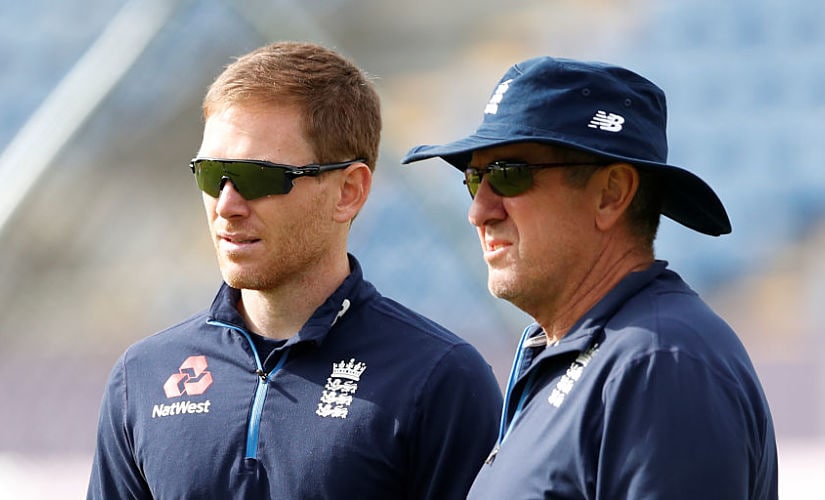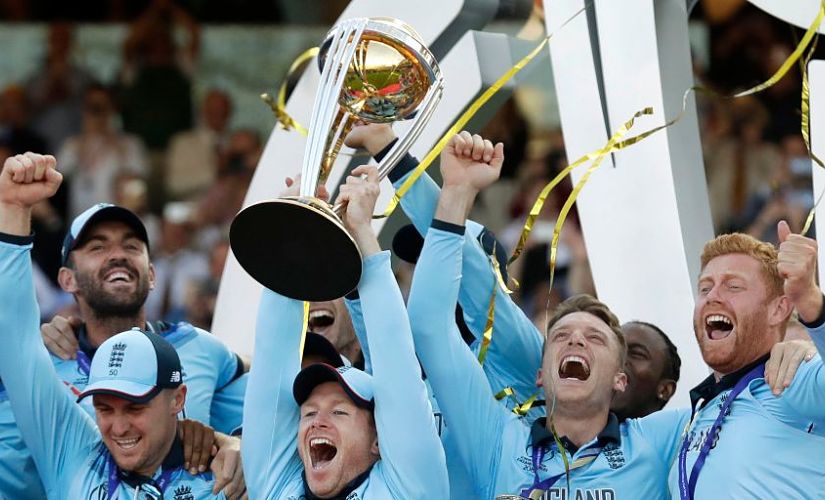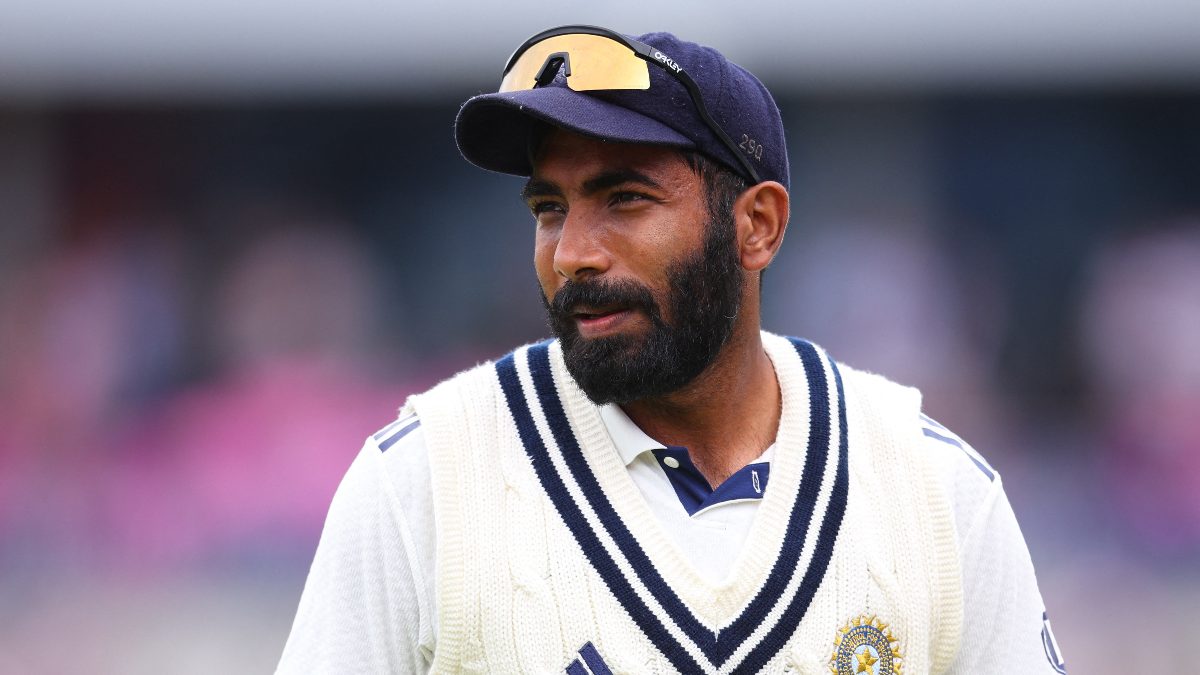Four years ago, England cricket had hit rock-bottom and were left embarrassed as they were knocked out in the group stage of the 2015 World Cup. It left them with a lot to ponder. The soul searching had begun. There was a desperate need for a change. Eoin Morgan, Trevor Bayliss and Andrew Strauss got together and sketched out a blueprint, which would eventually give birth to a ‘fearless England’. Fast forward to 2019, Morgan was on the podium holding that coveted Trophy at the Lord’s. The transformation was staggering as well as fascinating. Their historic World Cup win was majorly built on their fearless and aggressive approach, an approach which has helped Morgan’s men revolutionise batting in white-ball cricket. As Morgan gears up for his next challenge, the 2020 World T20, Firstpost sits down with the England captain to understand how this fearless approach came about, the challenges he faced while instilling this approach, what makes Jofra Archer special and more. Do you recall that first meeting with Trevor Bayliss about implementing the new aggressive brand of cricket? Yes, of course, it was a conversation between myself, Trevor and Andrew Strauss about what the formula looked like for our approach for the next four years leading to 2019. It basically started with the direction from Andrew Strauss having a blank sheet of paper and actually rewriting the way we wanted to play and recognising the fact that we wanted to do things differently. That’s played a huge role in changing not only the way we want to play but also the personnel that we selected to play in that way. [caption id="" align=“alignnone” width=“825”]  File picture of Eoin Morgan and Trevor Bayliss. Reuters[/caption] The formula is fearless cricket. It is high-risk cricket you play, how do you ensure that there are no insecurities in the team? You develop a huge level of trust within the team, and one thing that we talked about was the way we are going to play would never be compromised. We said we would be given time for people to acclimatize themselves to the style in which they would play, which is very positive and aggressive, and we went from there. There is a fine line between fearless and careless cricket, how do you make sure that line is maintained? By the time we got to the World Cup we had a clearly established plan of what it looked like. The first two years of the four-year cycle were about working out what worked and knowing our limits, and also when to push them. So that was an interesting phase, the guys had a lot of fun playing around with that plan particularly with the batting and then, in the next two years, particularly after the Champions Trophy in 2017, it was a matter of building on what we felt we needed to get better in the lead up to the 2019 World Cup. How challenging was it to instill that aggressive attitude? It was a very enjoyable challenge and the boys really enjoyed playing in an aggressive manner. So it wasn’t hugely challenging to get players to buy into it. The guys naturally played with an aggressive mindset. You won the 50-over World Cup with this approach, and the team believes in it now. How helpful is that going to be heading into World T20? The same priority applies leading into the next year. We have 18 T20I games and our main focus will be the world cup, so we’ll try to establish a strong squad of players and compete and hopefully win the World Cup. [caption id="" align=“alignnone” width=“825”]  England’s captain Eoin Morgan raises the trophy after winning the Cricket World Cup. AP[/caption] Will this aggressive approach give you an edge in the World T20? If you look back at the last World T20 in 2016, we made it all the way to the final playing in that manner, but we also had the nous to play smart cricket when it was required from us. What’s your early assessment of where England stand with respect to T20Is? To be honest, our main focus over the last four years has been the 50-over cricket. T20 cricket has been seen as an opportunity to get young guys involved and get experience under their belt and use that as a ground for experimentation. However, over the next 12 months, that will be flipped, so we might have to save our experimentation for 50-over cricket, and T20s will become my most pressing concern. Because the World Cup was so close and there is not much between the (top) four teams it emphasises how hard we are going to have to work in order to win games and get to the latter stages of the World Cup in Australia. Australia will probably go into it as one of the favourites, being the home nation, and we know that you can work that as an advantage if you play well. Jason Roy has had a lot of technical criticism after the Ashes. As someone who knows him and his game do well, do you think there’s been a rush to judgment after just one series? Jason is a fantastic player. He is one of our greatest players in the team. He, I think, deserved selection in the Ashes and I think both sides have had an extremely tough time with the bat with the exception of Steve Smith. So I don’t think Jason was the only one that was short of runs. Jofra Archer has burst onto the international scene in style, what makes him so special? Jofra is an extremely rare talent. He can bowl during any phase of the game. The pace with which he bowls and the skill level is exciting to watch. The most appealing thing about Jofra and the surprising thing in may ways is that he continues to get better. A lot of guys in international cricket, when they come in, they take some time to find their feet and then go from there. Jofra has taken everything in his stride, and actually dominated, which is really rare. [caption id="" align=“alignnone” width=“825”]  File picture of Jofra Archer. Reuters[/caption] How important is the careful handling of special talent like Archer with regards to workload management? When you are talking about any fast bowler, the demands made of them are quite high and naturally you can’t bowl fast all the time, so prioritising when and where he needs to peak in the next six months will be important. At the moment, it’s pretty much impossible to bowl 90 miles an hour the whole time for guys coming in at that pace like Mark Wood, Jofra, Ollie Stone. How does playing the 10 over format help the players? The first two seasons of T20 cricket have surprised everybody as well with the standard and excitement level of the cricket that’s been played. And normally in 50-over cricket or T20, you have time as a batsman or as a bowler to get into the game. In T10 cricket, you don’t have any time at all. You need to be coming into the game fully prepared and hit the ground running. The Abu Dhabi T20 League 2019 will be telecast only on Sony Pictures Sports Network
Firstpost sits down with England captain Eoin Morgan to understand how England’s fearless approach came about, the challenges he faced while instilling this approach, what makes Jofra Archer special and more.
Advertisement
End of Article


)

)
)
)
)
)
)
)
)



